How the Democrats have changed since the 1960s
The definition of "Liberal" has completely transformed.
Make someone’s day: Gift a subscription to your friends and family!
Back when I was a professor in Political Science and Public Policy in the mid-1990s, I used to teach a course called “American Politics since 1930.” I remember how amazed students were at how much both the Democratic and Republican parties had changed since the time period when the New Deal coalition dominated American politics, roughly 1932 to 1965. In this article, I want to overview some of the more important changes in policy stands by the Democratic party.
For the purposes of this article, I will use the following terms:
“New Deal Democrats” or “New Dealers”, representing what the vast majority of Democrat Congresspersons believed between 1932 and 1965. This coalition formed under FDR during the Great Depression and continued to dominate American politics until the mid-1960s. This group was often called “Liberal” at the time, but the term had a completely different meaning than the term after the 1970s.
“Liberal Democrats” or “Liberals”, representing what the majority of college-educated Democrats believed after 1980 and until about 2010.
Note that many typical working-class voters supported the Democratic party between 1980 and 2010 due to loyalty to the shrinking New Deal wing of the party. In addition, many Democratic elected officials tried to balance the two constituencies throughout this time period. From 1965 to 2010, the portion of Democratic voters who believe in New Deal principles shrunk over time, while the college-educated Liberals with a very different world view grew proportionately.
The time period between 1965 and 1980 can best be understood as a transition period between the two dominant periods within the Democratic party. Note that this article does not deal with ideological changes within the Democratic party since 2010, which have been substantial.
Areas of agreement
This article will focus on issues where Democrats have clearly changed their policy preferences since 1965. It is important to realize, however, that there are some policy domains where New Deal Democrats (1932-1965) agree with Liberal Democrats (1980-2010):
Social Security
Medicare (although the program did not exist until 1965)
Public education
Private-sector trade unions
Regulations on private industry
Taxes, particularly high taxes on upper-income citizens.
If those were the only important policy domains in American politics, one would conclude that there were few important policy differences between New Deal Democrats (1932-1965) and Liberal Democrats (1980-2010).
Since 1965, however, there has been a massive number of policy issues that are either entirely new or greatly reframed where Liberal Democrats take very different policy stands than New Deal Democrats previously did.
You might also enjoy other articles that I have written on Ideology:
Why Ideologies Threaten Progress (Part 1 of 3-part podcast series)
Why ideologies fail (podcast)
Descent into a man-made Hell: Understanding modern Totalitarianism
You might also be interested in reading my “From Poverty to Progress” book series:
Areas of disagreement
Despite agreement on the above issues, there were far more disagreements within important policy domains between New Deal Democrats (1932-1965) and Liberal Democrats (1980-2010). The policy differences were so immense that they almost seem like two different political parties.
In many ways, the Lyndon Johnson administration and the Great Society reform program that he implemented was the key pivot between one era and the next.
Welfare
New Deal Democrats (1932-1965) believed in social insurance policies (such as Social Security) and were hostile to means-tested programs that focused benefits on the poor and near-poor. New Deal Democrats believed that “welfare” undermined the work ethic of poor people.
While Liberal Democrats (1980-2010) also believe in social insurance policies, they focus their efforts on expanding means-tested programs that focus their benefits on the poor and near-poor.
Affirmative Action
New Deal Democrats were hostile to any policies that favored racial minorities and women in hiring, firing, and promotions. Most of them were quite comfortable with informal practices at the time that would now be considered racial and gender discrimination.
Liberal Democrats favor affirmative action, which has more recently morphed into DEI.
Public-sector trade unions
While New Deal Democrats favored expansion of private-sector trade unions, particularly in manufacturing, they were hostile to the idea that government employees could form unions. They saw government employees as “servants of the people” who should not be bargaining for increased income and benefits as this would come at the expense of regular working people.
Liberal Democrats favor public-sector unions. Indeed, public-sector unions are key constituencies within the Democratic party and have far more influence than private-sector trade unions.
Military spending
New Deal Democrats strongly favored increased military spending to fight World War II and then contain the Soviet Union afterwards. From 1932 to 1965, it was typically the Democrats who wanted to increase military spending, while Republicans were more concerned about economizing.
Liberal Democrats typically favor cuts to military spending so that money can be funneled to increased social spending. In fairness, Liberal Democrats often favor increased military spending during times of perceived crisis.
Containing Communism
New Deal Democrats strongly supported Harry Truman’s grand strategy of containing the Soviet Union and communist militants. It was typically Republicans who were more reluctant to get involved overseas.
Liberal Democrats typically were much more skeptical of the policy of containment and feared the potential for wars and blowback. This viewpoint emerged in the Vietnam War and never really left their world view.
Military intervention overseas
New Deal Democrats typically favored military intervention during the Cold War to contain the Soviet Union and communist forces. Democratic presidents authorized military force in the Korean war and the Vietnam war, the two biggest American wars since World War II.
Liberal Democrats typically opposed military intervention during the Cold War. The Vietnam war was the time period when this new viewpoint became the dominant one within the Democratic party.
Purging Leftists from government and unions
Contrary to what is often stated, government repression of Communists was not “McCarthyism” coming from the Republicans and conservatives. While many New Deal Democrats saw Communists as valuable allies during the Great Depression and World War II, they pivoted hard in the late 1940s. The major Red Purges were implemented by the Truman administration and trade unions. By the time, Joseph McCarthy became involved, the job was largely finished.
Liberal Democrats typically view the “Red Scare” as unjust repression of well-intentioned Americans driven by Republicans and conservatives who opposed the New Deal.
Patriotism
New Deal Democrats were fiercely patriotic and perhaps even more so than typical American citizens throughout American history.
Liberal Democrats had a much more ambivalent attitude towards patriotism. Some were against patriotism, but most were concerned that these emotions would be used to justify unnecessary military interventions and domestic repression.
Medicaid
The New Deal of the 1930s never focused on health care. After World War II, some New Deal Democrats wanted national health insurance, but most preferred government health care for the elderly. Ironically, what later became Medicaid was actually a Republican proposal. Republicans favored a cheaper system that focused government health care on the poor.
New Deal Democrats strongly opposed a separate health care system for the poor. They thought that this would lead to a “two-tiered” health care system with poor quality health care going to the poor.
In 1965, President Lyndon Johnson broke the partisan dead-lock by coming out in favor of both:
Government health care for the elderly (i.e., the New Deal Democratic proposal) that we now know as “Medicare.”
Government health care for the poor (i.e., the Republican proposal) that we now know as “Medicaid.”
Both Medicare and Medicaid were established in 1965. Since that time, Liberal Democrats have focused on expanding government health care for the poor and near-poor. To be clear, the vast majority preferred national health insurance for all, but as this did not seem possible, they preferred expanding health care for the poor and near-poor.
Abortion
New Deal Democrats were strongly opposed to abortion. Indeed, most New Deal Democrats (and Republicans) could not even conceive of making the practice legal. That is why abortion was not much of a political issue before the mid-1960s.
Since 1970, expanding and protecting abortion rights has been one of the key policy demands of Liberal Democrats.
Guns
New Deal Democrats (along with Republicans) took gun rights for granted, which was why it was not much of a political issue.
Liberal Democrats typically wanted to regulate gun purchases and ownership as a means to fight violent crime.
Gay rights
New Deal Democrats (along with Republicans) were not the slightest bit interested in gay (or trans) rights, which was why it was not much of a political issue.
Liberal Democrats were far more supportive of expanding gay rights, although they often did not implement many policy changes for fear of a public backlash.
Religion in public institutions
New Deal Democrats (along with Republicans) took for granted that the United States was a Christian nation, which was why it was not much of a political issue. The interpretation of “separation of church and state” was interpreted far more leniently than it is today.
Liberal Democrats were far more likely to take a hard stance in favor of “separation of church and state” that included banning school prayer, religious symbolism, and practices in public schools and government buildings.
Crime and Law enforcement
New Deal Democrats (along with Republicans) took for granted that the police needed to enforce law and order and were willing to actively support or look the other way when the police used violence against criminals.
Liberal Democrats were far more likely to try to restrict police violence and expand the rights of accused criminals. They also tended to support rehabilitation over punishment.
Drugs
New Deal Democrats (along with Republicans) took a harsh attitude toward the consumption of illegal narcotics and marijuana. They saw this as a public order and law enforcement issue.
Liberal Democrats typically wanted to lessen punishment against drug users and typically wanted to focus government resources on curing addiction. They also tended to want lower social stigma against drug users, particularly marijuana.
Immigration
New Deal Democrats (along with Republicans) were opposed to immigration as they saw it as unfair competition with American citizens. The period between 1932 and 1965 saw the lowest legal immigration in American history, and this was not at all controversial among New Deal Democrats.
Liberal Democrats typically wanted to expand legal immigration and lower enforcement and social stigma against illegal immigration.
Environment
New Deal Democrats (along with most Republicans) were strong conservationists, who wanted to set aside wild lands that are particularly scenic or not useful for agriculture or secondary industries. They typically tolerated air and water pollution as a necessary outcome of manufacturing jobs.
Liberal Democrats typically wanted the federal government to take strong action to regulate industry to drastically lower air and water pollution. Over time, this gradually morphed into a concern for climate change.
Highways
New Deal Democrats (along with most Republicans) were strong proponents of building federal and state highways. The period between 1932 and 1980 saw a massive expansion of highways, which the New Deal Democrats were more than happy to pay for.
Liberal Democrats had a much more ambivalent attitude towards federal and state highways. They preferred to invest in mass transit and worried about the negative effects of highway construction to neighborhoods and the natural environment.
Automobiles
New Deal Democrats (along with Republicans) were strong proponents of wide-spread automobiles. They saw the car as the “people’s transportation” that freed them from the domination of powerful railroad companies.
Liberal Democrats had a much more ambivalent attitude towards automobile ownership. They preferred to invest in mass transit and worried about the negative effects of highway construction to neighborhoods and the natural environment.
Railroads
New Deal Democrats tended to be quite hostile to railroads. This was a legacy of the late 19th and early 20th centuries when railroad companies were the largest and most powerful institutions in American society. This is why New Deal Democrats were so favorable to individual ownership of automobiles. It was a way of escaping the clutches of railroad companies.
Liberal Democrats tended to be in favor of rail-based mass transit within metro areas and inter-city passenger rail (i.e. Amtrak).
Housing and Sprawl
New Deal Democrats (along with Republicans) were strongly in favor of housing construction in sparsely-populated regions on the outskirts of major metropolitan areas. They saw this construction as a key means for working-class and middle-class families to live in affordable housing.
Liberal Democrats tended to oppose suburban sprawl, seeing it as aesthetically less pleasurable, causing many societal problems, and destructive of the natural environment.
Fossil fuels
New Deal Democrats (along with Republicans) believed that energy was essential for economic growth, the material standard of living of the working and middle class, and American global influence. They saw fossil fuels as essential for American energy. Fossil fuels were not controversial at all politically.
Liberal Democrats were almost uniformly opposed to fossil fuels, which they saw as bad for the natural environment and leave us in danger when our reserves run out.
Nuclear power
New Deal Democrats (along with most Republicans) were strongly in favor of nuclear power once it went commercial in 1958. Nuclear power was not controversial at all politically.
Liberal Democrats were almost uniformly opposed to nuclear energy, which they saw as dangerous for humans and the natural environment.
Hydro-electric dams
One of the most potent political symbols for New Deal Democrats were the massive hydro-electric dam construction projects. Dam projects were a foundation of the New Deal. The dams created jobs for the unemployed, captured water for agriculture, produced electricity, protected against flooding, and spread economic development into rural regions.
Liberal Democrats were typically opposed to new dam construction, which they saw as bad for the natural environment.
Solar and wind power
New Deal Democrats (along with Republicans) would be confused by the idea of “solar power” and they would think wind power was only for poor farmers. They believed in Rural Electrification. New Deal Democrats thought that the backbone of the American energy system should come from fossil fuels, nuclear, and hydro-electric.
Liberal Democrats were typically supportive of solar and wind power, although it was not an important issue for them until the 1990s.
I am sure that you can come up with other issues where New Deal Democrats (1932-1965) and modern Liberal Democrats (1980-2010) disagree with each other.
Conclusions
While there are several very important issues where New Deal Democrats (1932-1965) and modern Liberal Democrats (1980-2010) agree with each other, there are far more policy domains where they would strongly disagreed.
There are also many issues where New Deal Democrats agree more with modern Conservative Republicans (1980-2010) than with Liberal Democrats during that same time period.
You might also enjoy other articles that I have written on Ideology:
Why Ideologies Threaten Progress (Part 1 of 3-part podcast series)
Why ideologies fail (podcast)
Descent into a man-made Hell: Understanding modern Totalitarianism
You might also be interested in reading my “From Poverty to Progress” book series:




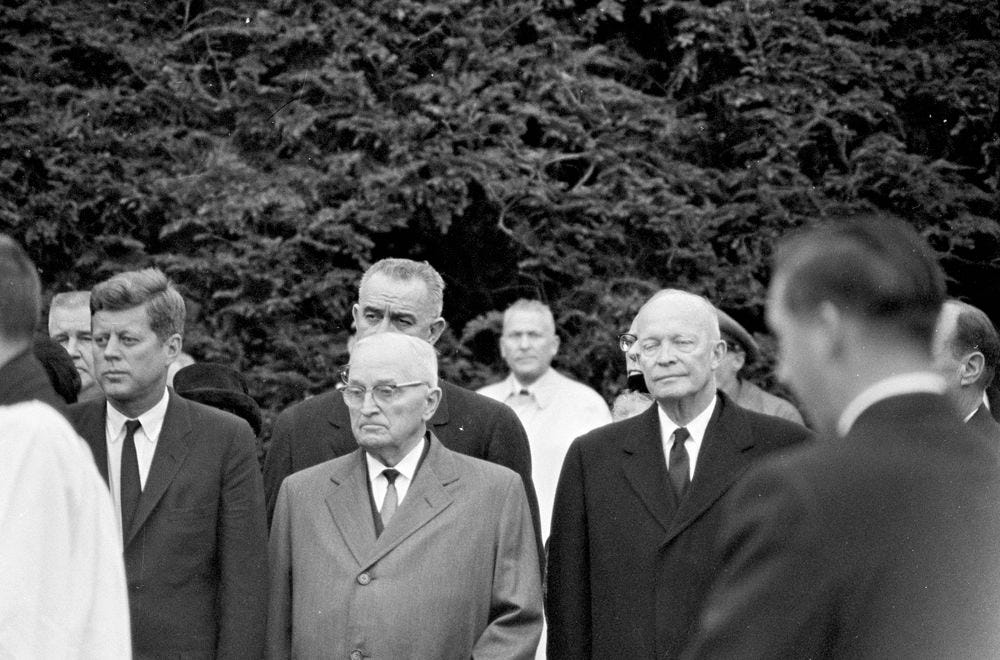
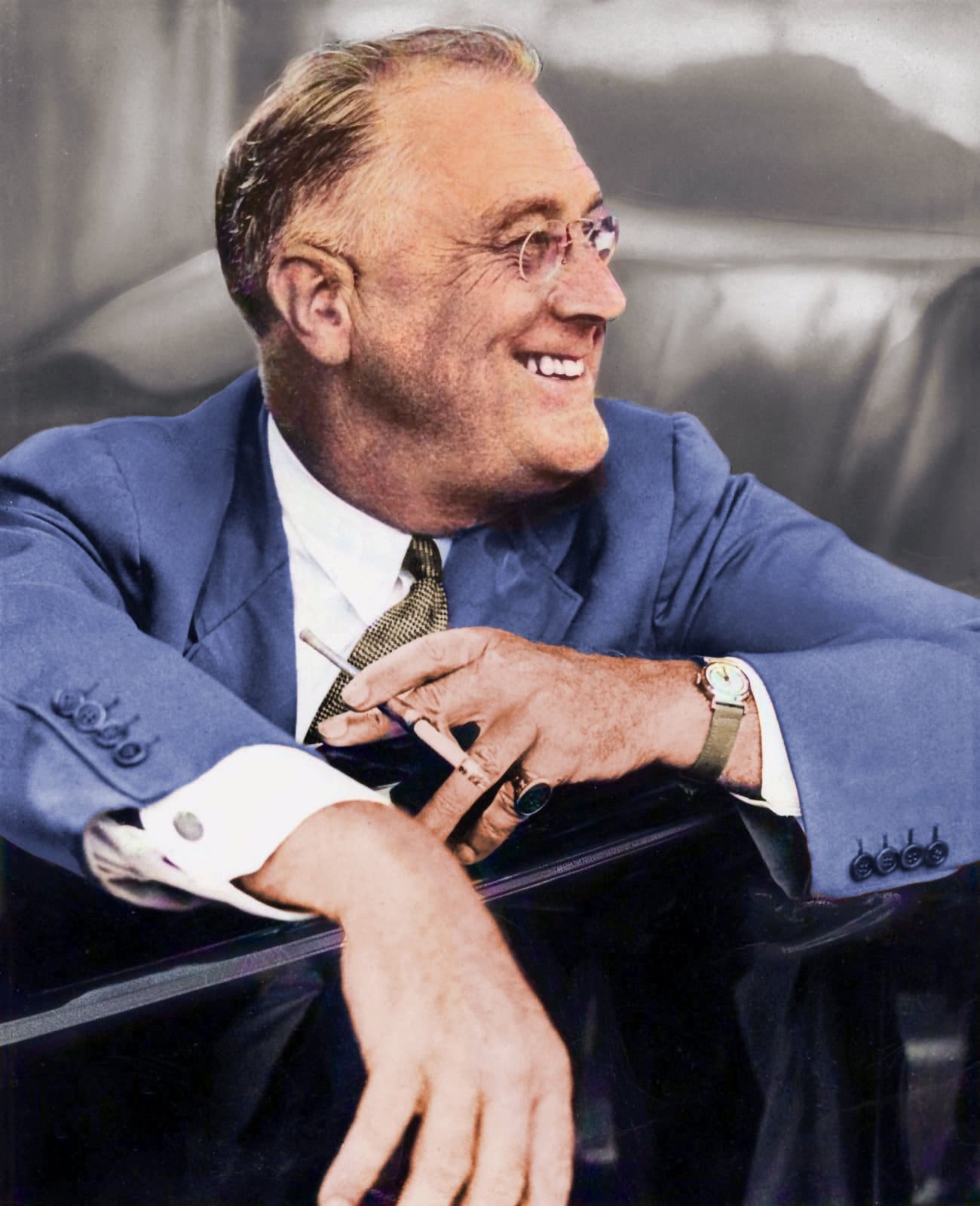


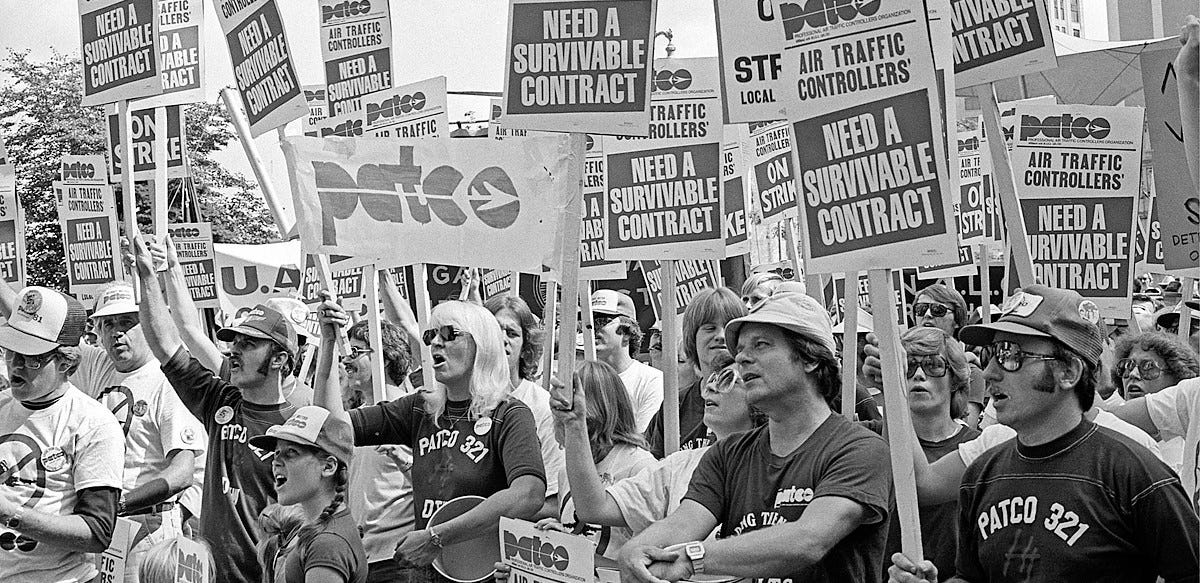
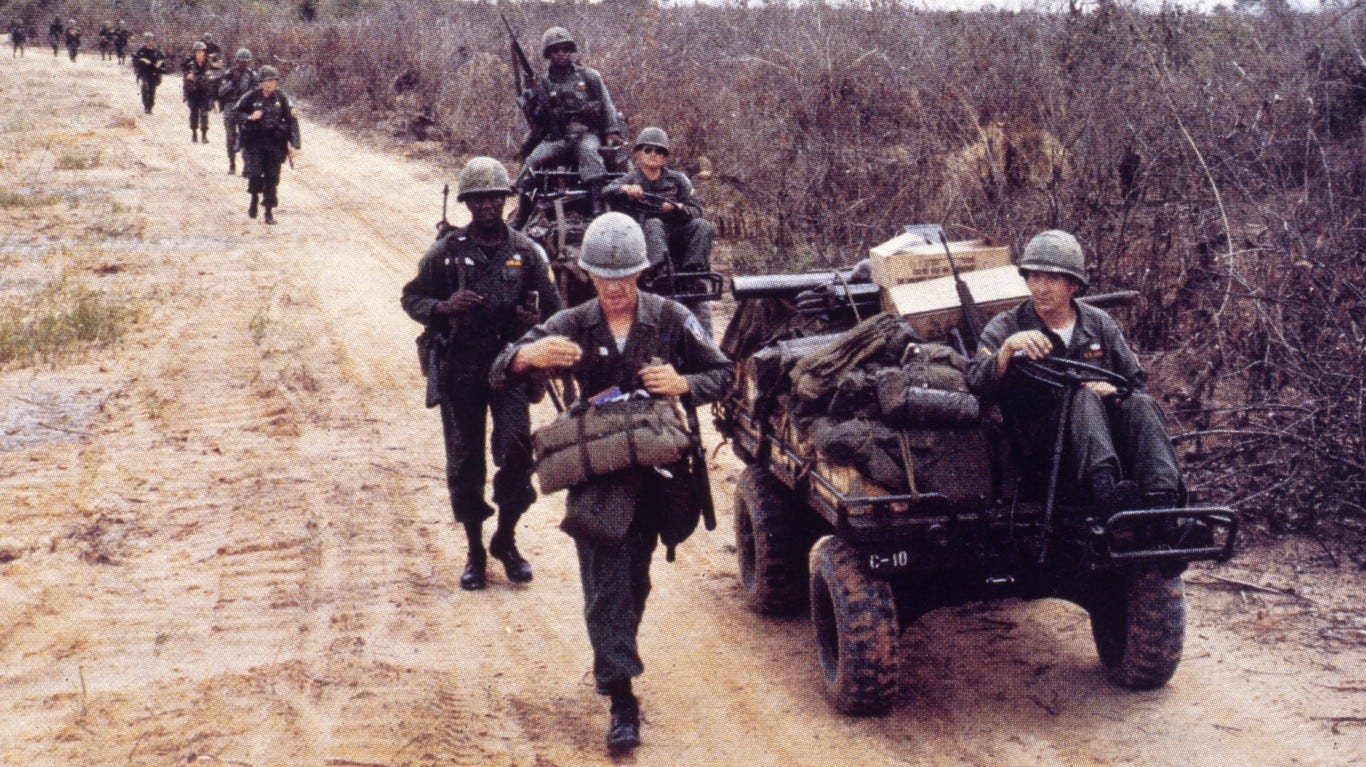
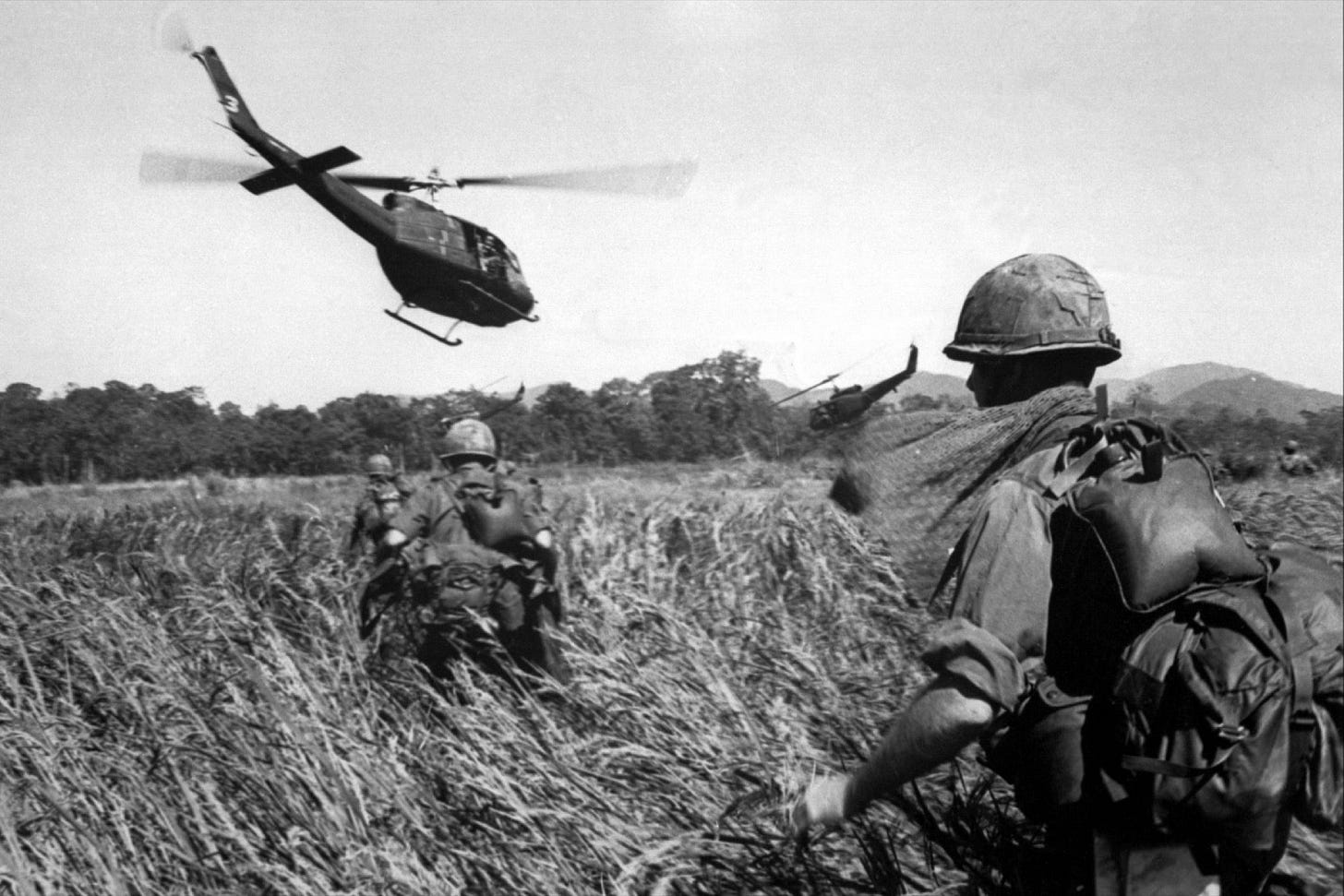
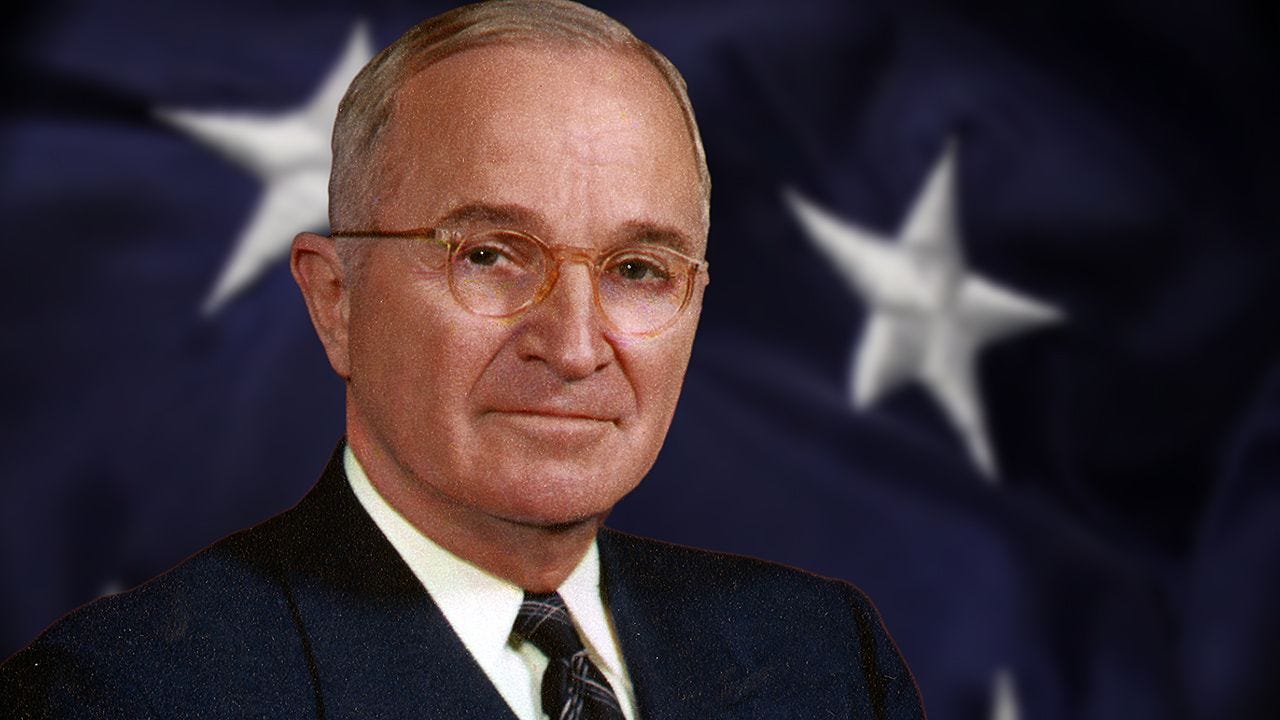

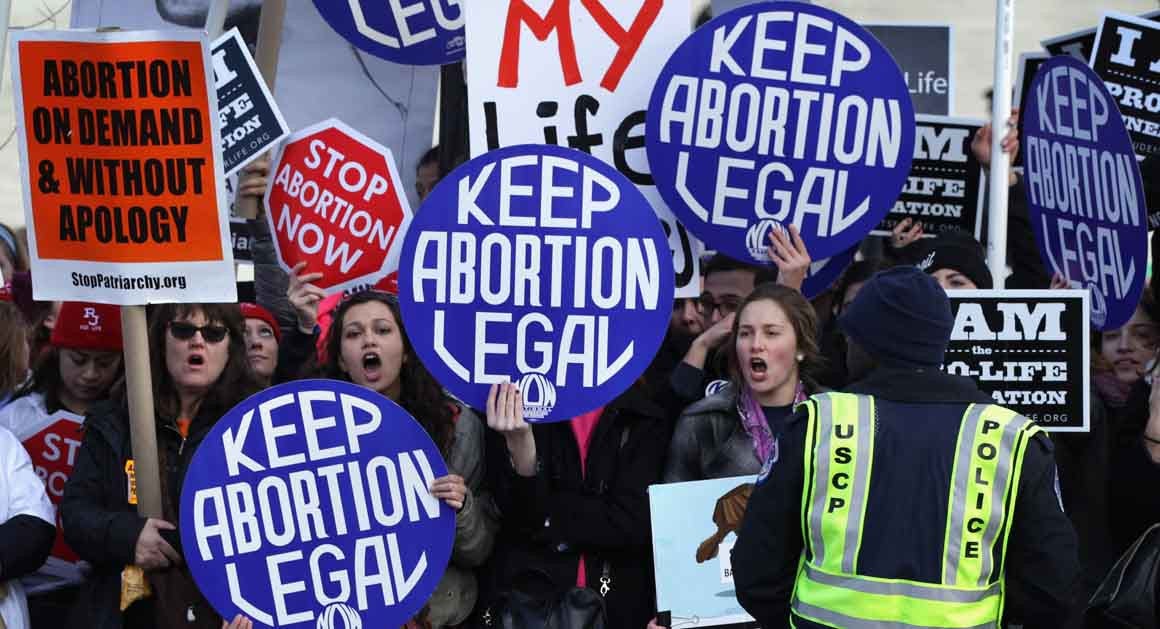
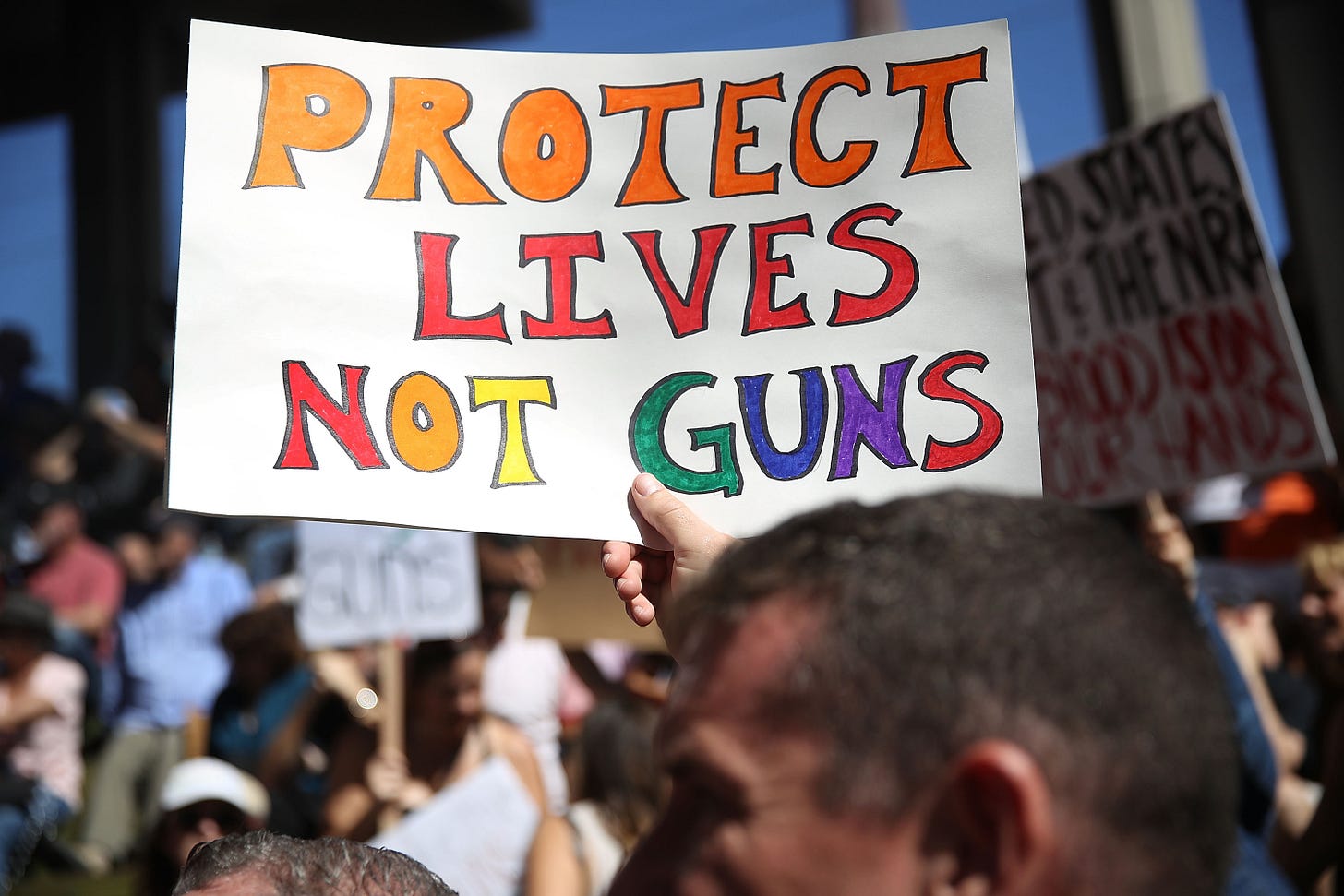

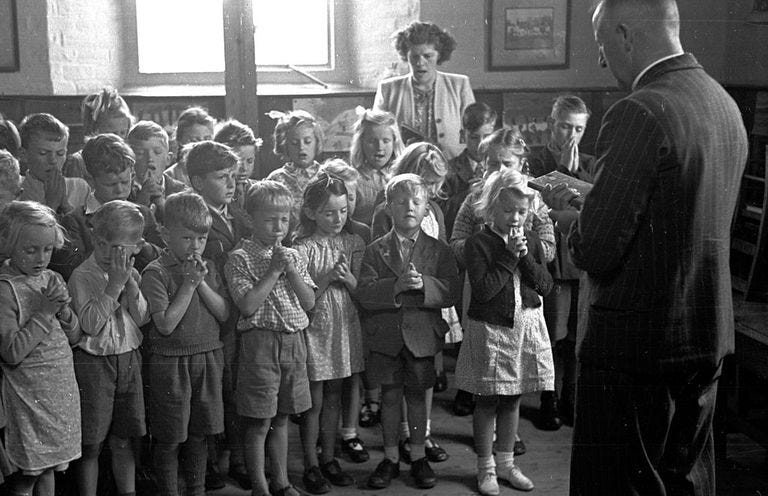
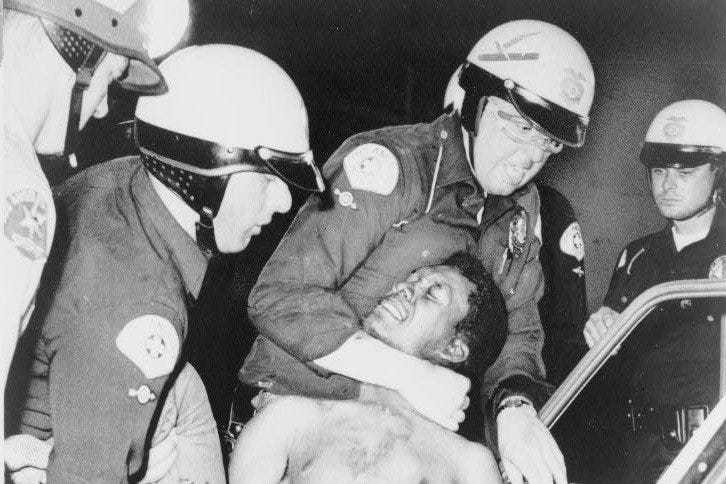

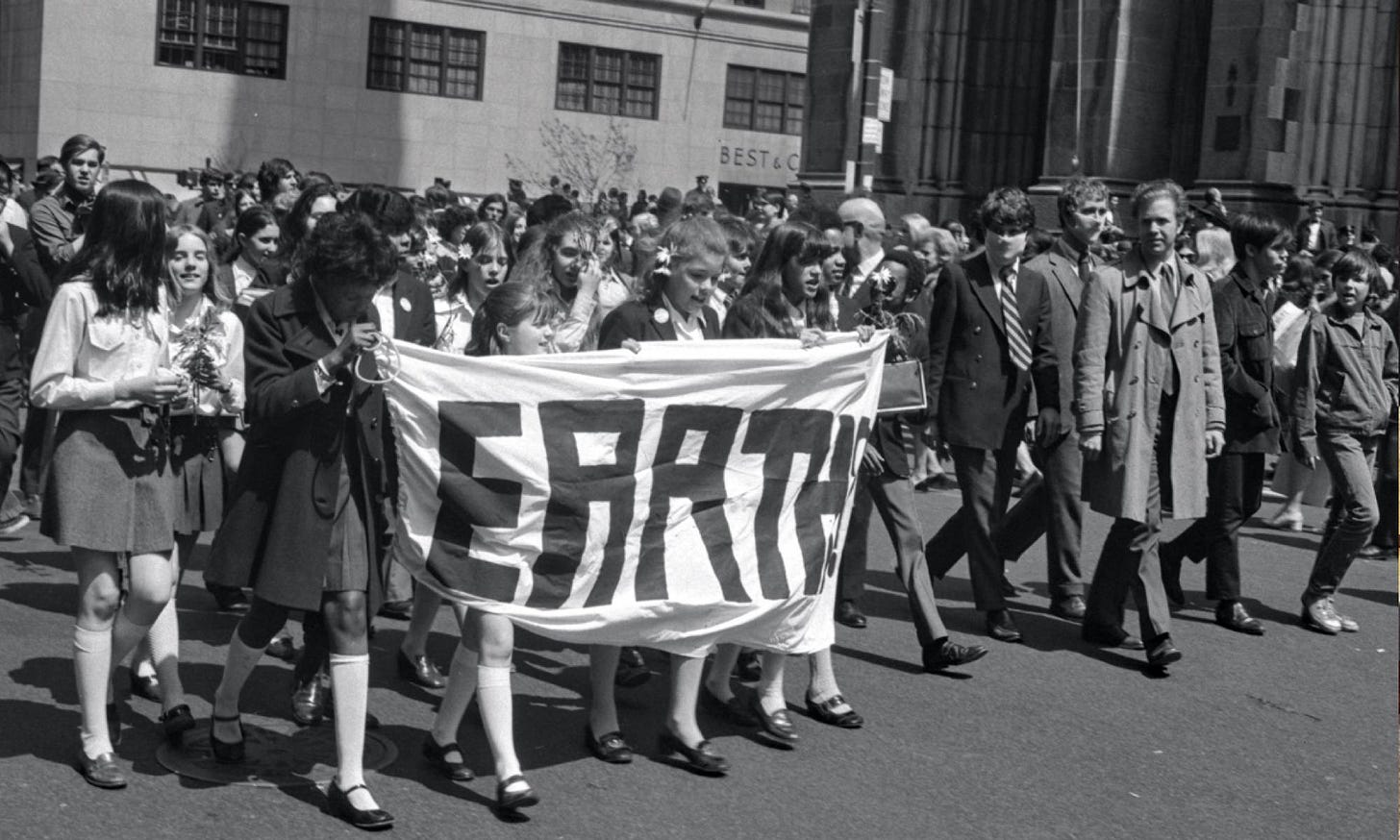
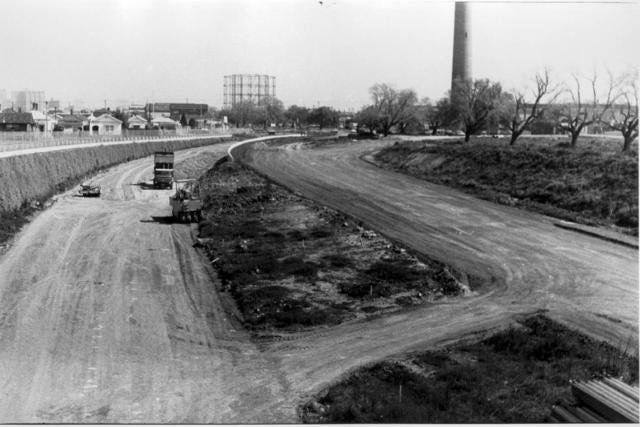

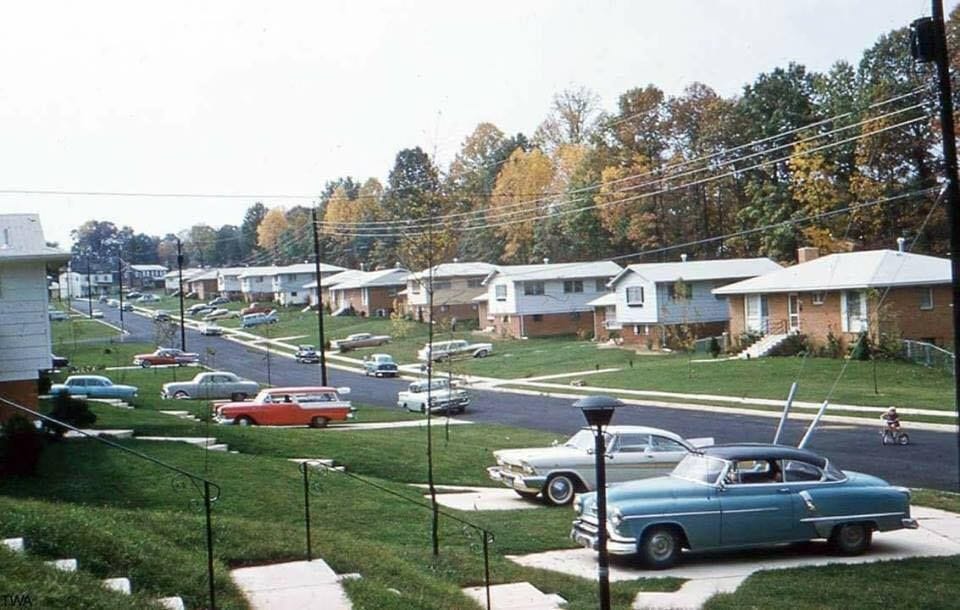

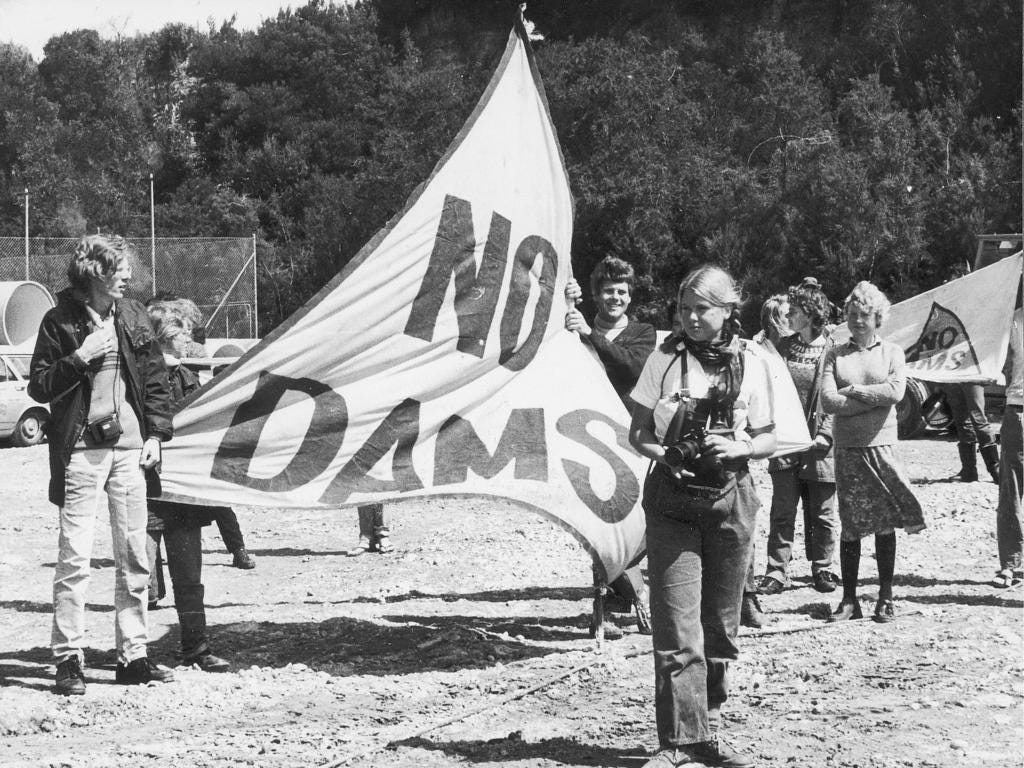

A laundry list of things for Democrats to keep and to dump if they ever want to win again nationwide.
Keep a woman’s right to choose for the first trimester. Dump abortion until birth unless the mother’s health is at risk.
Keep a concern for climate change and grow nuclear power. Dump intermittent, unreliable renewable energy.
Keep and develop new effective vaccines. Dump vaccine mandates.
Keep equality of opportunity for all. Dump equity of results based on discriminating against men, whites and Asians (aka D.E.I.). Recognize that D.E.I. Is unconstitutional.
Keep the protection of gay and lesbian rights. Dump men in women’s sports, private spaces and prisons. Oh, and mutilating children who might grow up to be gay.
Keep an opportunity for selective high value immigration. Dump sanctuary cities and open borders.
Keep helping the homeless find jobs and a place to live. Dump camping in cities and allowing open drug use.
Keep a concern for due process in criminal justice. Dump letting shoplifters and other petty thieves off the hook.
Do all of the above and they might find their way back to power.
I was either too young or too ignorant to recognize that most of this was happening as you have laid it out. Sort of a "walk down memory lane" for me. Good to re-establish that perspective.
Plus of course some folks had a mix of views between these poles (or pols).
Sometimes you can be living through some historical period and just be so busy with "life" that these larger views or impacts just don't register. Even when you agree with one agenda within a coalition, you may still disagree on other aspects. Plus the "victors" generally write the near contemporary history, perhaps in the first 30 to 50 years? Only after that can we start to expect real objective and neutral assessments, with less personal investment by the historians [but with many remaining exceptions]. Then also hope that the primary sources/ resources are not lost over time.
I suppose in the future you will do a companion piece on the Republicans/ conservatives, although I have the impression they were much more desiring "leave us alone and we will leave you alone" and that mix of coalitional elements might be messier or muddier than for the "liberals". Even now I have trouble sorting out the subagendas vs. "labels" among "conservative" voices.
I guess an aspect of political science I had not appreciated before is this analysis of "social norms" and attitudes as they change over time among us multi-faceted humans. The day to day feedback is about polling, etc., which has a limited level of validity unless conducted on a suitably wide sample and properly defined scale, with truly neutral questions being asked.
Thanks again for your continued postings.